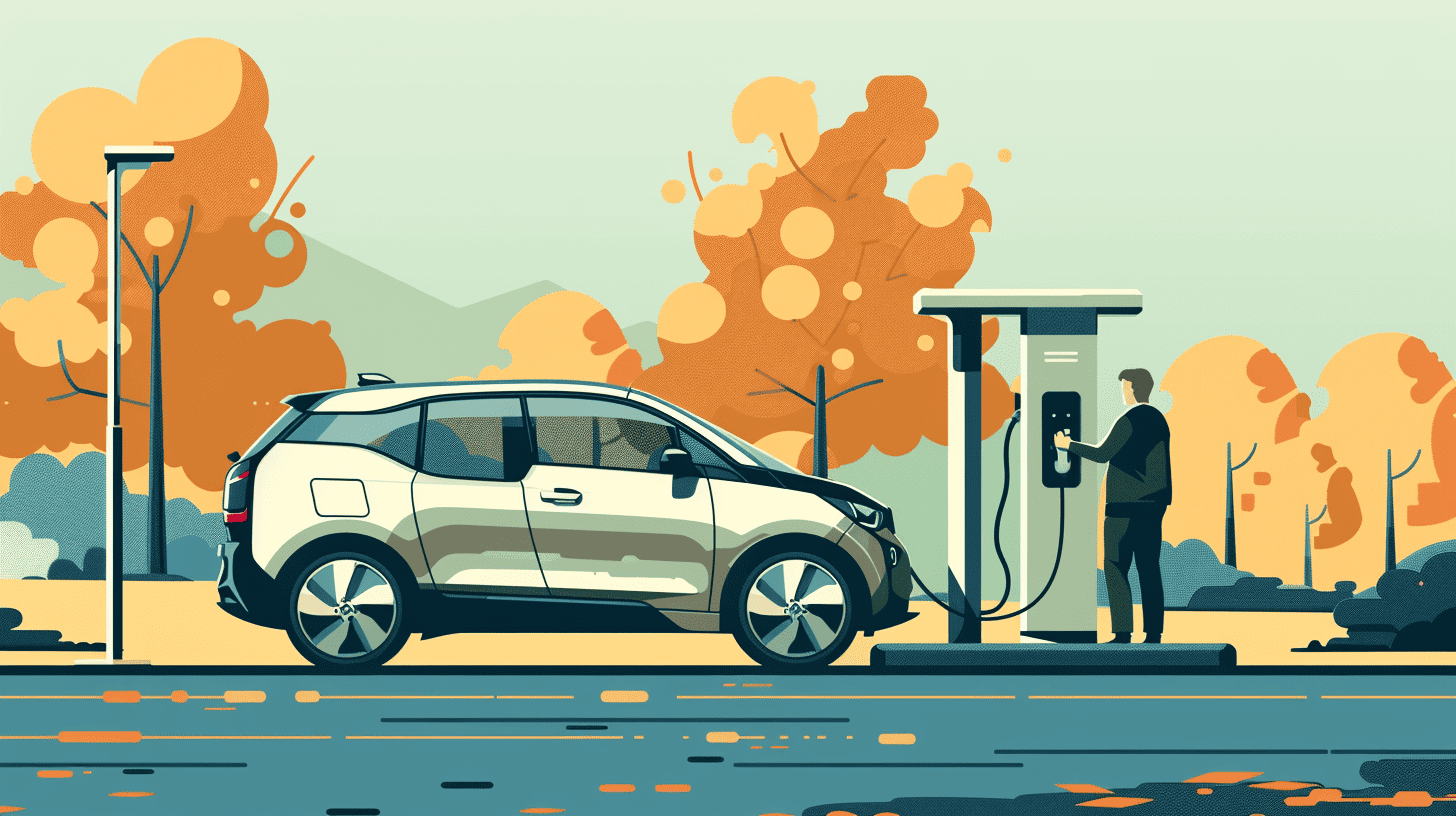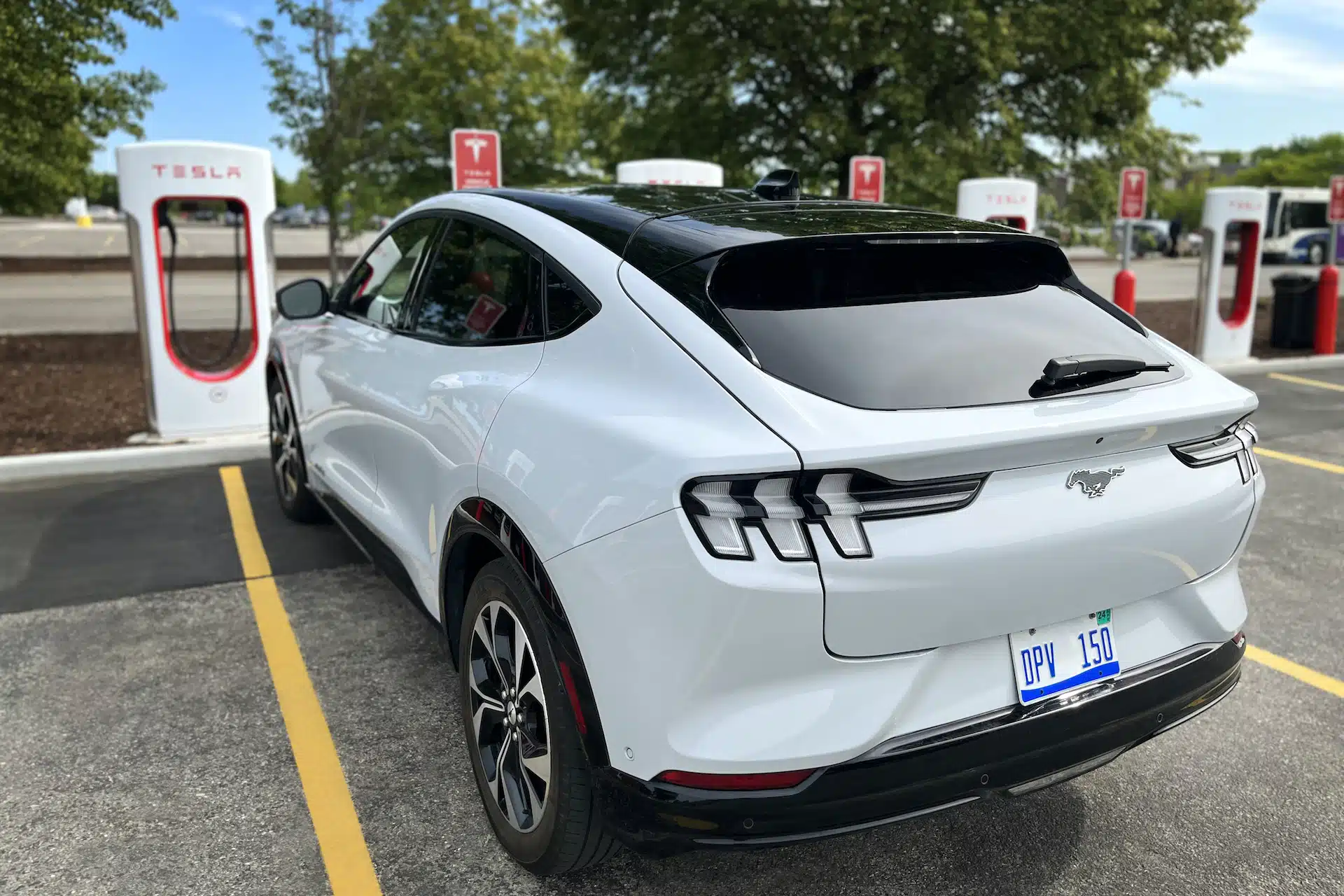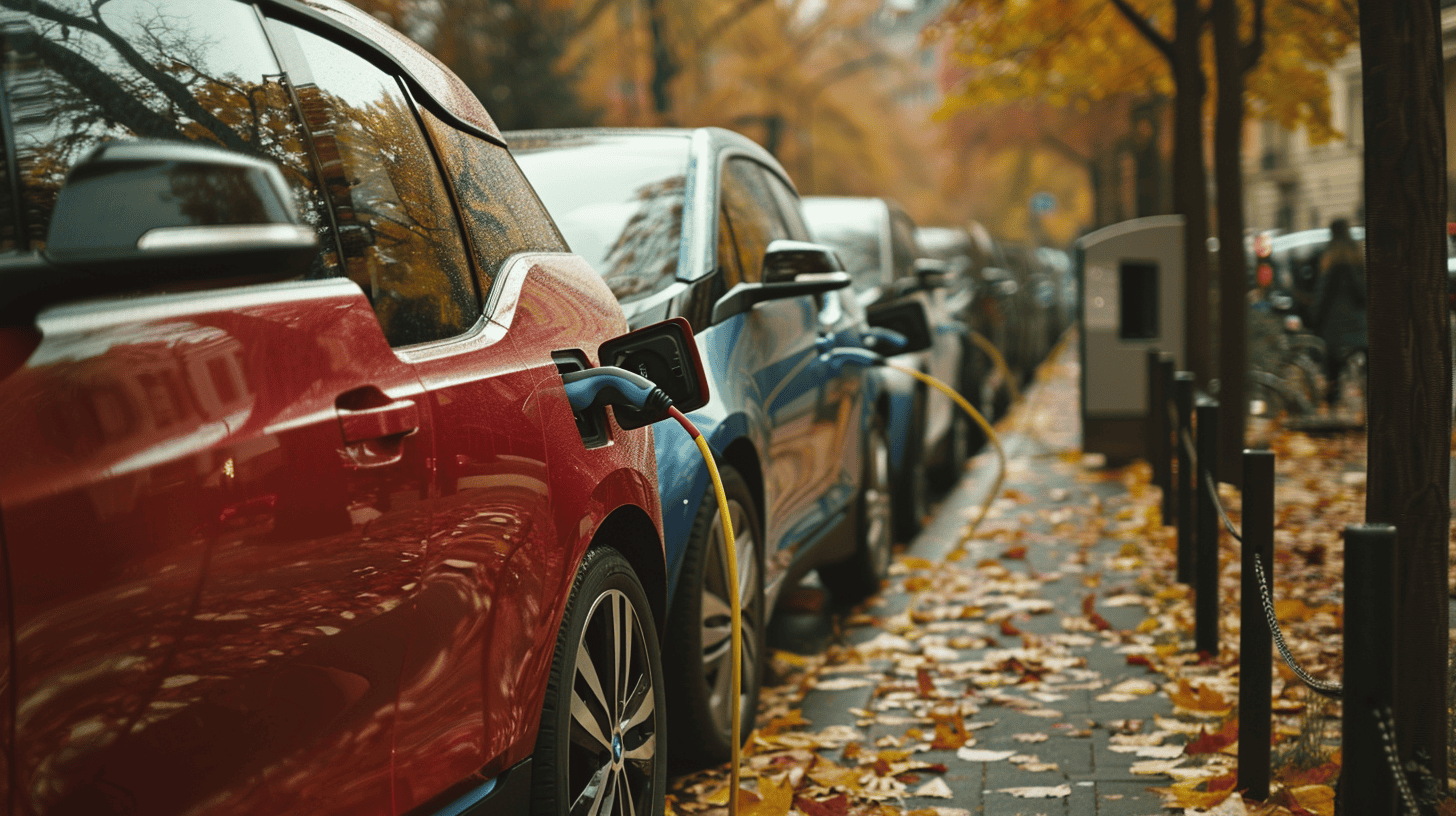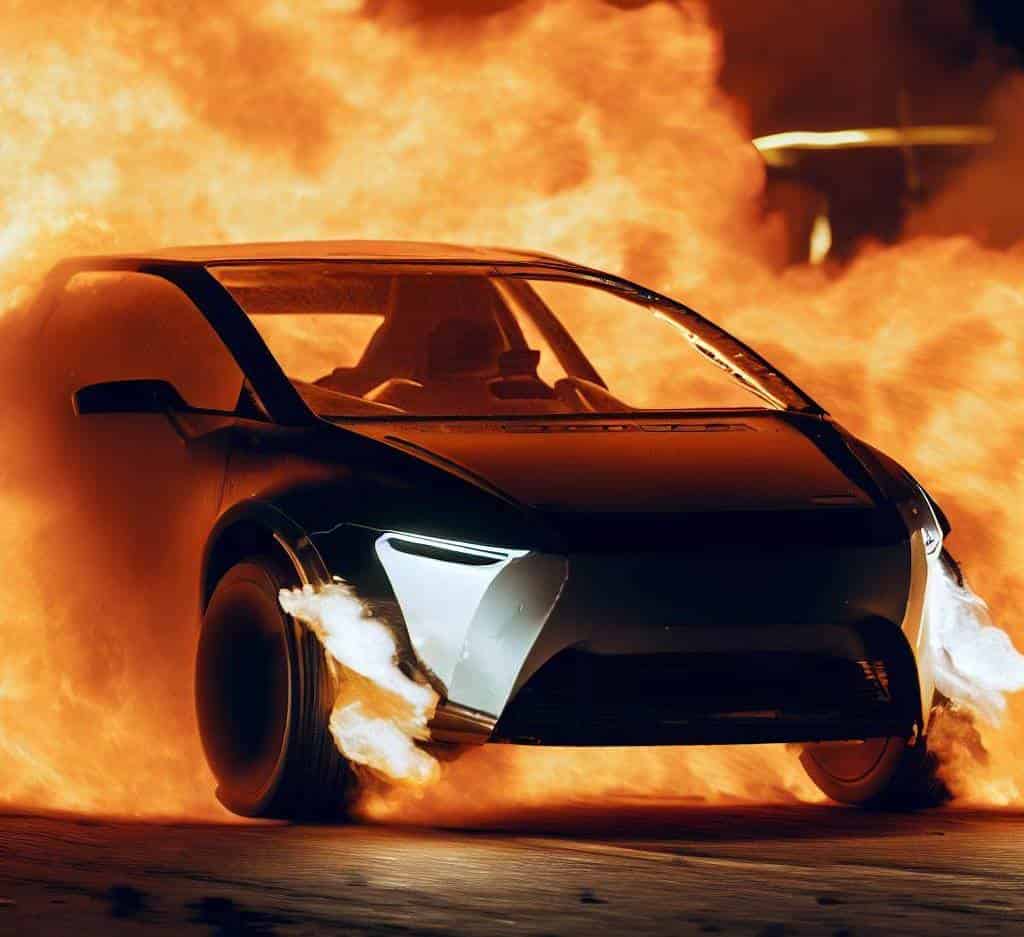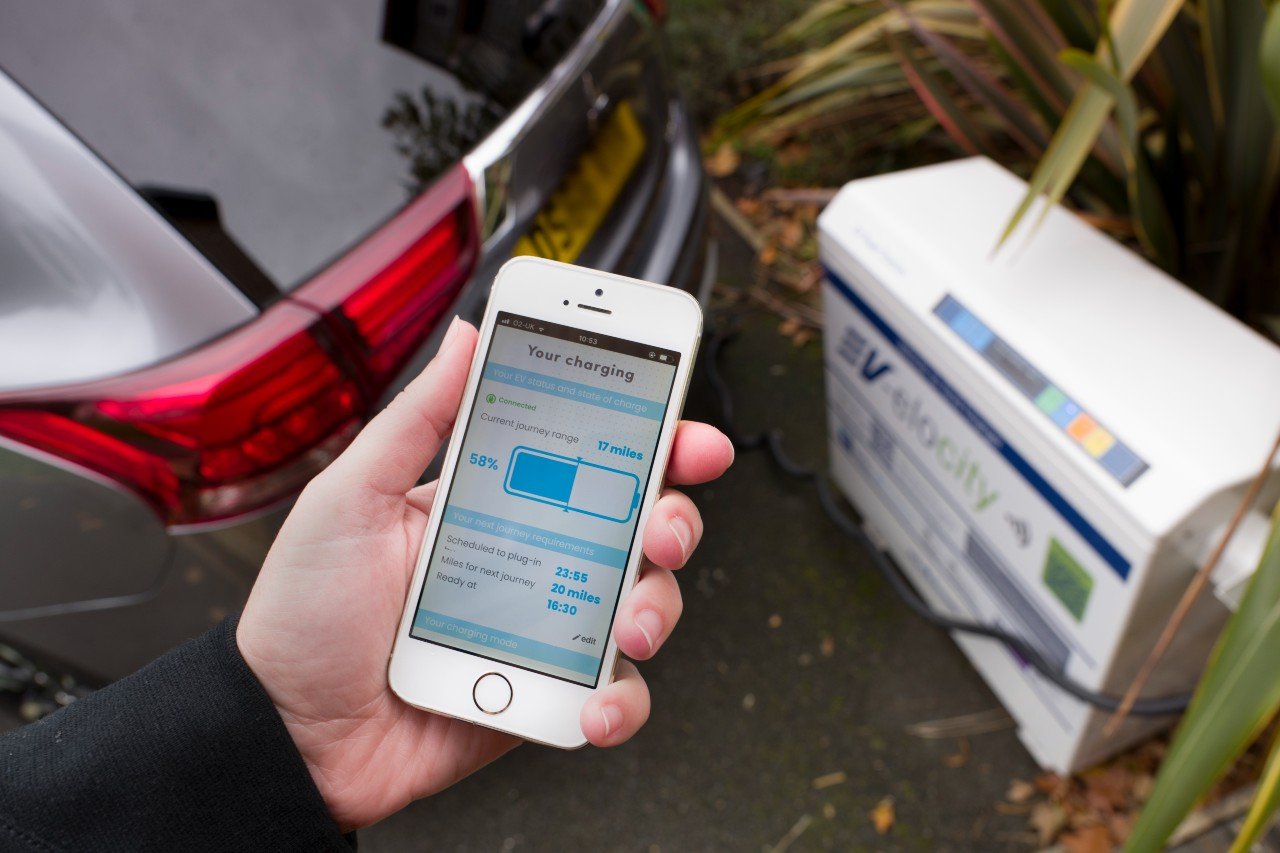
“Europe is a global leader when it comes to the electrification of the transport sector, but only if the European proposals to reduce CO2 emissions by 55% by the year 2030 are put into law.” So says Philippe Vangeel, secretary general of AVERE, the European association for electromobility. The association makes a strong case for facilitating the transition to electrification by exerting influence on European energy policy. We spoke with the 52-year-old Fleming shortly before he was due to travel to Germany for a conference – with his electric car, of course.
Let’s come to the point: you probably have the easiest job of them all. Electrification of the transport sector is a foregone conclusion.
“The figures on electromobility are definitely positive, but there are still quite a few steps to be taken. For example, some countries in Europe are well ahead, but others are very much lagging behind. That is a problem. After all, emissions know no borders. And it cannot be the case that electric driving is only for the happy few.”

Which countries are leading the way?
Norway is in the lead in terms of the density of electric cars (EVs, ed.) per capita. Things are progressing very quickly there. From 2025 onwards, only EVs will be on the market there. Yet the charging infrastructure operates differently than in the Netherlands, for one thing.
The reason is that Norwegians charge their cars at home or at work in 80% of situations. This in turn has to do with Norwegian history, their spatial planning and population numbers, but also with a proactive legislature that encourages home charging. For example, a garage in a newly built apartment complex has been required to be equipped with charging stations for some time already.
You already mentioned the Netherlands. What is the situation like there?
The charging infrastructure in the Netherlands is definitely the best in Europe. This is also due to the fact that home charging is not as common as in Norway, for instance.
Since each country has its own specifications, we at AVERE are not led by mere numbers. There is no formula that works for every country.
The Europe Union presented the ‘Fit for 55’ program early this summer to speed up electrification.
Let’s go back in time for a moment. As of 2013, we are dealing with the European Directive on ‘Alternative Fuel Infrastructure’. This is a directive, where the member states have the freedom to implement the measures or not. With ‘Fit for 55’, the target to reduce CO2 emissions by 55% by the year 2030, measures must be translated into legislation. If that happens, we will be heading in the right direction. But before that happens, the Council (of the European Union) and the European Parliament will have to decide.

And if Fit for 55 is not translated into action?
With the current legislation we will never, ever achieve the goals of the Paris Climate Conference (2015, ed.). The only way we will get there is by implementing the measures proposed in ‘Fit for 55’.
What else could be done better in Europe?
It is important that the market picks up speed. At present, purchasing an EV is still expensive. The higher purchase price is a barrier for a lot of people. Unfortunately, the ‘Total Cost of Ownership’ is not taken into account enough when it comes to buying. Look, the most important USP for buyers of a refrigerator is the energy label. The purchase price is slightly more expensive for a low-consumption appliance, but you know the difference will be recouped over time. An EV, with home charging (which is still the cheapest way to charge), pays for itself in less than five years. What’s more, it has virtually no maintenance costs. Car buyers should be made aware of this.
But fast charging means you’ll never recoup those costs for your EV
Fast charging is more expensive. But it is almost unnecessary to fast charge. You do that at most when you’re driving long distances. A motorist drives an average of just 35 to 40 kilometers a day. A car is only on the road for 5% of its lifespan. For the rest of the time, it is stationary.
Charging the EV should be seen like charging a mobile phone. I’m sitting at my desk right now and charging it because I know I’m going to be out for a long time. And, of course, you charge at night.
Is there a risk that we won’t be able to produce enough renewable energy? Is the complete electrification of the transport sector even realistic?
There are times when there is a shortage of renewable electricity, that’s true. But the great thing about it is that the EV itself is part of the solution
What do you mean by that?
Renewable energy comes with peaks and troughs. For example, it’s a sunny day this morning, and this afternoon it will be cloudy and the wind will pick up. So it’s important to charge at peak times. If you can manage this, what is known as smart charging, you will have solved a large part of the energy problem. Smart charging is what determines the success of electric charging. There are already systems in place where users are given a financial incentive to charge at peak times.
Once electrification definitively takes off, massive battery capacity will become available. Therefore, it is very important to charge when there is a lot of solar or wind energy.
What capacity should we be have in mind?
The potential capacity is already huge. Think about it: there are currently about one million EVs in Europe. Multiply that number by the average battery capacity of a car of 40kW and we have the gigantic storage potential of 40 million kW.
Can motorists then use the (surplus) energy elsewhere?
Exactly, and now we are going a step further. We should eventually move towards the Fit to the grid concept (V2G, ed.), where power from vehicle batteries is fed into the grid. This avoids peaks and saves money. By doing this, EVs become both energy consumers and energy producers.
This is not new. The technology has already been tested and we have high hopes for it. In the future, as an EV driver, you will make sure that you charge during peak hours, for example, by using solar energy. After returning home, you can use the remaining power from the EV battery to cook in the kitchen at a time when the demand for electricity is high (so-called V2H or ‘Vehicle to Home‘, ed.).
Also read the interview with automotive specialist Teodoro Lio about the future of the car here.
And read here how economical and safe chips give EVs an extra boost.




